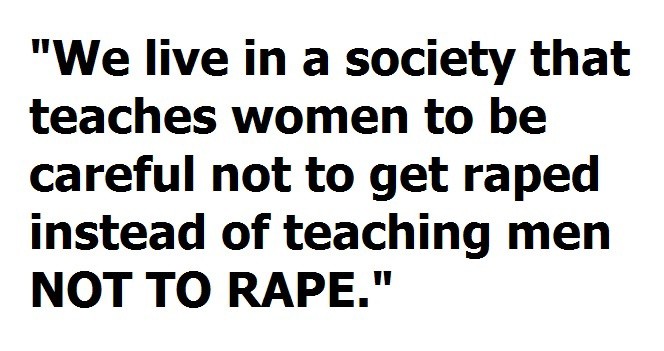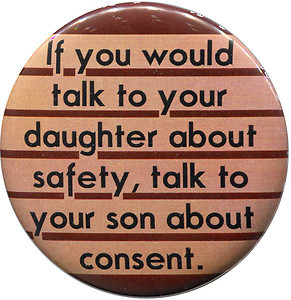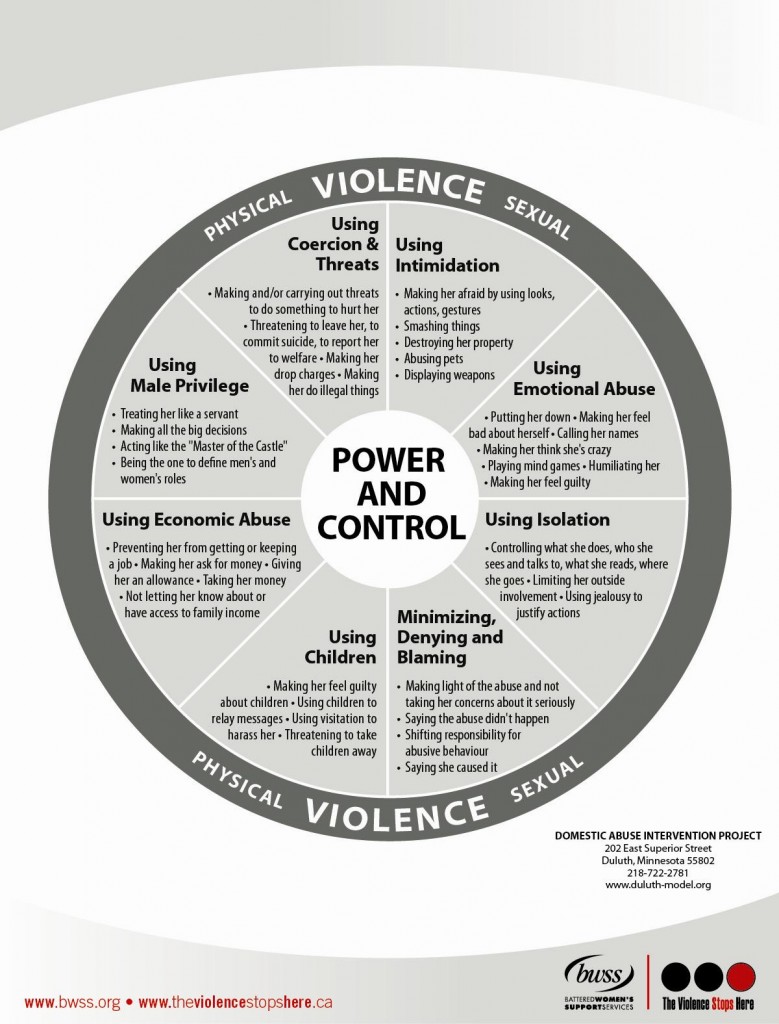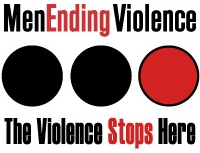Sexual Violence and Disclosures
many women who access BWSS say that sexual abuse is an ongoing part of their intimate relationships
In all situations of sexual violence, the responses to initial disclosures influence the recovery process and outcomes for survivors. As services providers, allies, and community members it is important to create an environment where survivors feel comfortable if they choose to disclose sexual violence.
Gender violence is a social issue and our society is saturated with rape culture. Rape culture condones physical and emotional violence against women as the norm which is one of the many reasons women do not feel safe disclosing sexual violence. Ending sexual violence begins with shifting thoughts, actions, and beliefs around consent, gender roles and the myth of the perfect victim. As a society we need to commit to treating survivors with respect and supporting them.
 In order to change societal norms around sexual violence we must understand consent. When there is no consent in any type of sexual act it is sexual violence. Consent is an agreement that is made voluntarily to engage in sexual relations with another person. However, consent is more than obtaining a verbal yes answer. Consent is not present when the person is incapable to consenting. For example someone under the legal age of consent is not able to consent. Further, the person asking for consent can’t be someone who is in a position of authority or power and use that power to force, scare or manipulate someone into consenting. Consent can also be revoked; if someone initially agrees and then expresses a change, the sexual activity must stop.
In order to change societal norms around sexual violence we must understand consent. When there is no consent in any type of sexual act it is sexual violence. Consent is an agreement that is made voluntarily to engage in sexual relations with another person. However, consent is more than obtaining a verbal yes answer. Consent is not present when the person is incapable to consenting. For example someone under the legal age of consent is not able to consent. Further, the person asking for consent can’t be someone who is in a position of authority or power and use that power to force, scare or manipulate someone into consenting. Consent can also be revoked; if someone initially agrees and then expresses a change, the sexual activity must stop.
The difficulty with changing attitudes around consent is that beliefs about consent are deeply rooted in historically misogynist attitudes towards women complicated by other forms of social inequalities such as racism and classism. While anyone of any gender can be a survivor of sexual violence, the myths surrounding consent are based on notions that define gender in strict terms. These include the ideas that women are naturally submissive to men and are seen as objects for sex. Furthermore, male aggression is considered an acceptable way of self-expression and that men are entitled to women’s bodies. It is also important to note that sex and gender are not the same. Sex is assigned biology and gender is performance we are taught depending on the identity assigned at birth. Gender performance, is important to our understanding of consent. Survivors are often influenced by social myths around sexual assault and consent, and can sometimes blame themselves for the sexual violence.
 It’s important to be aware that these social myths, and the way we think about consent, influence how we respond to situations. As individuals, we can increase our awareness of how we are influenced by these myths. Our ongoing learning, and our ability to apply increased awareness, also requires a culture of learning in our communities and at work. Frontline workers, depending on their work, have different mandates. For example the police investigate sexual violence to establish whether charges can be made, and consider how the information might proceed to court. Those who work in social services and education primarily provide emotional support, information and resources.
It’s important to be aware that these social myths, and the way we think about consent, influence how we respond to situations. As individuals, we can increase our awareness of how we are influenced by these myths. Our ongoing learning, and our ability to apply increased awareness, also requires a culture of learning in our communities and at work. Frontline workers, depending on their work, have different mandates. For example the police investigate sexual violence to establish whether charges can be made, and consider how the information might proceed to court. Those who work in social services and education primarily provide emotional support, information and resources.
A number of changes have been made to the Criminal Code around consent. The old law describes sexual violence as crimes of rape, attempted rape, and indecent assault. These have now been changed to three levels of sexual assault. Based on the changes, assault is now defined by lack of consent, as well as harm to the victim. The hope was that the changes would lead to an increase in reporting, fewer cases would be classified as unfounded, and there would be an increase in the number of cases where a charge is laid. However, the percentage of cases in which a charge is laid still remains low, and although reporting has increased since the updated law, it also remains low.
The three new levels of sexual assault offences are gender-neutral and include a specific section regarding people with disabilities and sexual assault in a marital relationship is included. There is also new legislation on cyber-bullying and the non-consensual distribution of intimate images. It was also determined that there are many actions and words that can convey lack of consent, however, the responsibility rests with the person seeking the sexual contact to actively decide that there is consent, and that implied consent is not a defense.
Even with all of the clear definitions of consent interpreting methods of coercion used by perpetrators as criminal actions continues to remain a problem, for the courts, for bystanders, for first responders, and often for survivors. Perpetrators use myths about consent, or intentionally change the meaning of consent, in order to force victims and to validate sexual violence. This is where the power imbalances that are created by gender and social status play a role in coercion.
At Battered Women’s Support Services over 80% of women self report sexual violence in their intimate relationships. Sexual violence is often bundled up with coercion used as a tactic of power and control.
BWSS offers training on supporting survivors of violence for more information email endingviolence@bwss.org





